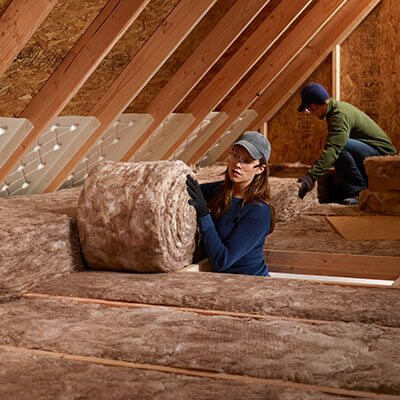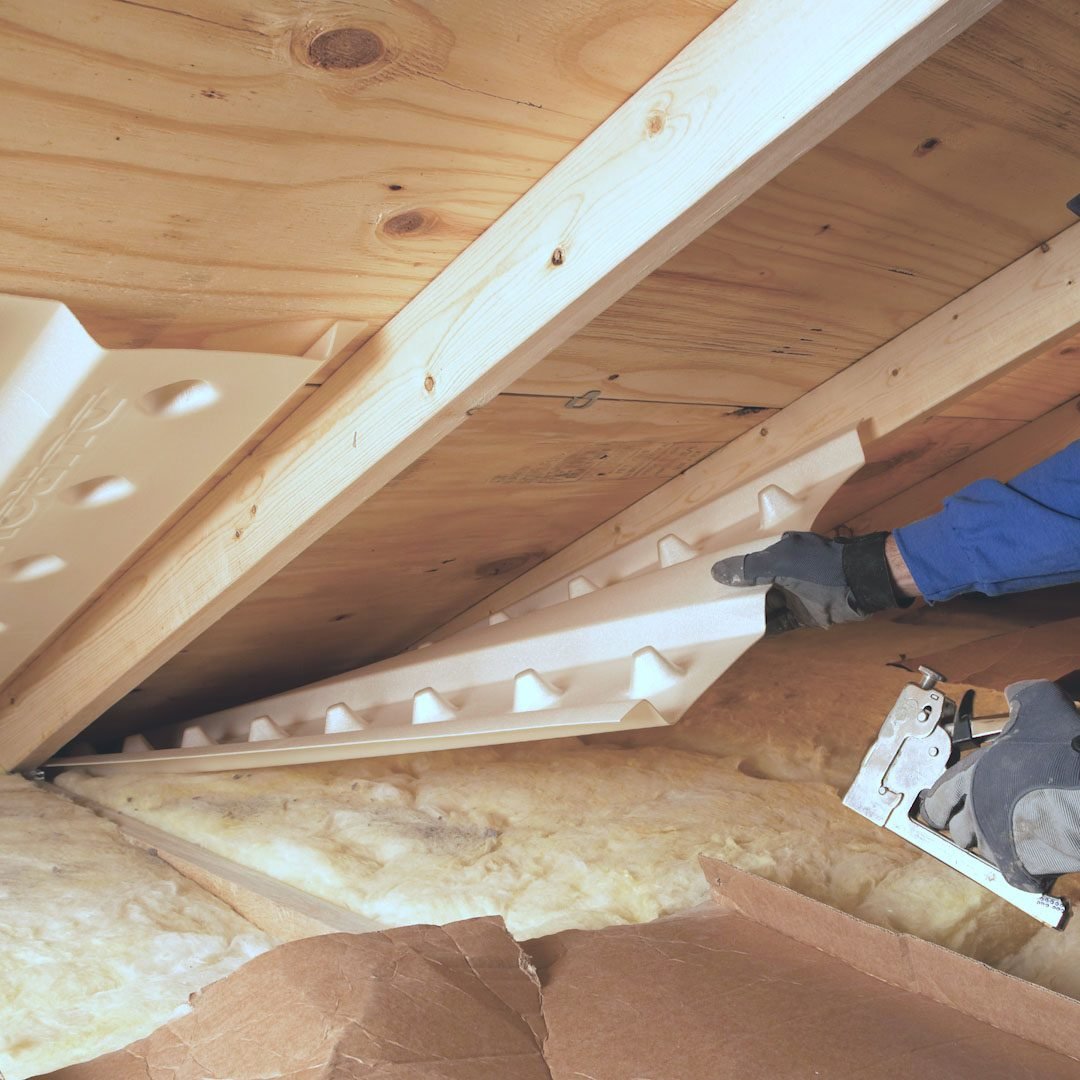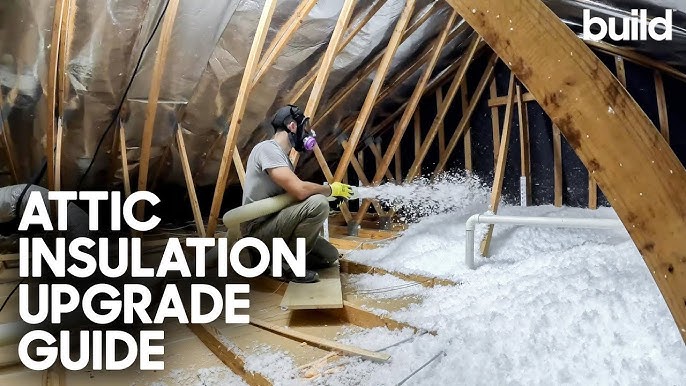Optimize Your Energy Savings with Specialist Attic Insulation DFW Solutions
Wiki Article
Discover the Different Kinds Of Attic Insulation and Their Distinct Advantages for Your Home's Power Performance

Fiberglass Insulation
Fiberglass insulation is just one of the most typically made use of materials for attic insulation due to its excellent thermal performance and cost-effectiveness. Made up of tiny glass fibers, this material effectively traps air, creating a protecting obstacle that helps keep constant interior temperature levels. Its high R-value per inch makes it especially efficient at withstanding warmth transfer, which is important for power preservation in homes.
Installment of fiberglass insulation is reasonably straightforward, commonly readily available in batts or loose-fill forms, accommodating numerous attic room arrangements. Additionally, it is resistant and non-combustible to wetness, lowering the risk of mold advancement. This durability contributes to its durability, making fiberglass a feasible long-lasting financial investment for homeowners.
Furthermore, fiberglass insulation is typically made from recycled products, which boosts its eco-friendliness. The product can also add to soundproofing, minimizing noise transfer in between rooms. While it is necessary to put on safety equipment throughout installment to stay clear of irritation from the fibers, the general advantages of fiberglass insulation, consisting of power savings and environmental factors to consider, make it a popular option for enhancing attic room performance and advertising a comfortable living setting.
Spray Foam Insulation
Spray foam insulation is an extremely reliable alternative for attic room insulation, recognized for its superior air securing and thermal efficiency. This ingenious insulation product is made up of a blend of isocyanate and polyol resin, which, when combined, increases rapidly to load spaces and tooth cavities in the attic space. Its ability to abide by different surface areas makes sure a continuous obstacle versus air leakages, significantly reducing warmth loss during chillier months and heat gain during warmer periods.One of the key benefits of spray foam insulation is its high R-value per inch, which indicates it gives superb thermal resistance in a fairly thin application. This is specifically helpful in attics where room is usually minimal. In addition, spray foam can assist lessen dampness buildup, minimizing the risk of mold and mold growth, which can be damaging to both the framework and interior air top quality.
While the initial price of spray foam insulation may be greater than traditional alternatives, its lasting power cost savings, paired with enhanced convenience and enhanced home worth, make it a beneficial financial investment for homeowners looking for enhanced energy performance. Attic Insulation DFW. Generally, spray foam insulation stands out as a reliable solution for enhancing attic room insulation
Cellulose Insulation

Cellulose insulation is a popular choice for attic room insulation, largely composed of recycled paper products treated with fire resistants. This eco friendly alternative is recognized for its superb thermal performance, effectively lowering warm transfer in both summertime and cold weather. The thick composition of cellulose permits it to fill gaps and spaces in attic areas, giving a seamless barrier versus air leakages.
One of the considerable benefits of cellulose insulation is its ability to resist mold and insects, owing to the fire retardant therapies used during production. Furthermore, it flaunts a high R-value important site per inch, which translates into exceptional energy performance. House owners can anticipate reduced cooling and heating costs as an outcome of enhanced insulation.
Installation is commonly accomplished with blowing loosened cellulose right into the wanted location, enabling a quick and effective procedure. This technique likewise minimizes interruption to the existing framework. Additionally, cellulose insulation has a fairly low ecological influence, as its manufacturing process makes use of recycled products, contributing to sustainable building practices.
Rock Woollen Insulation
Among the numerous options for attic insulation, rock woollen, also called mineral wool, sticks out as a result of its remarkable thermal and acoustic performance. Made from natural or recycled materials, rock wool is created by melting rock and spinning it into fibers, leading to a product that provides exceptional insulation homes.Among the considerable advantages of rock wool insulation is its high R-value, which suggests its performance in standing up to warmth circulation. This characteristic not just enhances energy effectiveness yet additionally adds to keeping a comfy indoor temperature level year-round. In addition, rock wool is inherently fire-resistant, making it a safer alternative for homes as it can hold up against high temperature levels without melting or launching harmful fumes.
Furthermore, rock wool insulation succeeds in soundproofing capacities, properly minimizing noise transmission in between areas and from outdoors sources. This makes it a perfect selection for property owners seeking a peaceful living setting. Rock wool is look at this now moisture-resistant, helping to prevent mold and mildew development and keeping the structural honesty of the attic room. Overall, rock woollen insulation supplies a comprehensive option for improving energy performance, security, and convenience in property setups.
Radiant Barrier Insulation
Radiant barrier insulation functions as a reliable service for minimizing warm transfer in attic rooms, especially in warmer climates. This kind of insulation works by reflecting induction heat far from living areas, thereby minimizing the amount of warmth that gets in a home during heat - Attic Insulation DFW. Normally composed of a highly reflective material, such as light weight aluminum foil, glowing barriers are installed in attics, dealing with the roof covering, where they can obstruct incoming heat from the sunThe key benefit of glowing obstacle insulation is its ability to lower air conditioning expenses. By mirroring warmth instead of absorbing it, radiant obstacles can help preserve a much more steady indoor temperature, minimizing the work on air conditioning systems. This efficiency equates into reduced power costs and boosted convenience for property owners.
Along with power cost savings, glowing obstacles can likewise contribute to enhanced indoor air quality. By reducing heat build-up, they assist decrease moisture degrees, which can stop mold and mildew growth and enhance general air flow. When installed appropriately, radiant barrier insulation can be an indispensable enhancement to any kind of energy-efficient home, making it a worthwhile consideration for homeowners aiming to enhance their attic room insulation technique.
Verdict
In final thought, recognizing the various kinds of attic room insulation-- fiberglass, spray foam, cellulose, rock wool, and radiant obstacles-- allows homeowners to make informed choices concerning power efficiency. By selecting click to read more the suitable insulation material, substantial reductions in energy prices can be attained, along with enhancements in interior comfort.

In verdict, comprehending the numerous types of attic room insulation-- fiberglass, spray foam, cellulose, rock woollen, and glowing obstacles-- enables homeowners to make enlightened choices pertaining to energy effectiveness.
Report this wiki page